Laser systems drive the productive future
The EU infrastructure project NextGenBat has ambitious goals: to significantly increase the performance of mobile energy storage devices such as batteries by employing new materials and laser-based manufacturing processes. To reach these goals, the partners are using an approach that will run laser machining processes in parallel. With special optics, up to several hundred partial beams can be generated, which can then be used to significantly increase productivity through parallel processing. However, only a handful of specialist companies such as Pulsar Photonics have mastered this technology.
It all started with a very large project: For two years, six institutes from Aachen, Jülich and Münster used a budget of ten million euros to create forward-looking infrastructure for new production technologies and productions concepts. By expanding the research infrastructure already in place in NRW, they have created optimum conditions for regional companies to research and develop batteries of the next generation.
More productivity thanks to laser micromachining
One of the NextGenBat participants, Pulsar Photonics GmbH (60 employees) in Herzogenrath is now putting the preliminary work of the European Regional Development Fund (ERDF) project into practice. Founded in 2013, the spin-off of the Fraunhofer Institute for Laser Technology ILT is one of the FT 1000: Europe’s Fastest Growing Companies according to Financial Times. It owes its success to its comprehensive expertise in the field of laser micromachining. This full-range supplier develops processes and application-specific optical systems, and integrates them into ready-for-series, industry-ready systems for its customers. This way, laser source, optics, sensor technology and software can be optimally combined in a customized system to process any material and component with the highest possible quality both productively and reliably. Optical components and systems for beam shaping and multi-beam processing are developed in-house, with which the processing speed can be increased enormously.
In terms of battery technology, the company has been receiving support from Patrick Gretzki since summer 2020. From the very beginning, the physicist has been involved in the NextGenBat project at Fraunhofer ILT as a team leader for Thin Film Structuring. The institute developed a roll-to-roll system that dries and structures electrodes for lithium-ion cells in order to achieve new properties, such as higher capacity to increase fast-charging. It was not built on a laboratory scale, but as an industrial-scale facility to test battery production under real-world conditions. Gretzki, Department Manager for System Components and Optical Systems, helped install and set up the optics at the time: “We now benefit from the experience gained in customer inquiries for large-area structuring of components.” The “MultiBeamMultiScanner” optics developed by Pulsar can be used to divide the power of the laser system into a large number of partial beams. The method has proven particularly useful for ultrashort pulse (UKP) lasers, whose output can otherwise only be increased to a limited extent in single-beam processes, partly because the thermal load on the workpiece is too high. The parallel operation of several laser beams allows each individual partial beam to operate at maximum efficiency and thus to process the workpiece in a highly productive manner with practically no thermal stress.
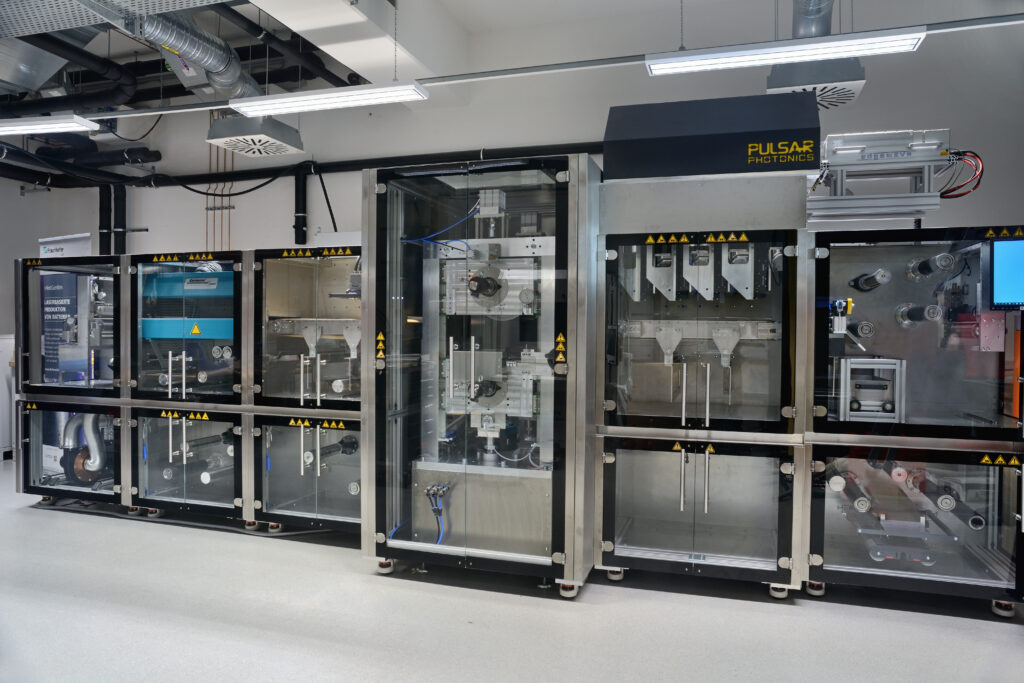
Interplay in infrared and green
The optics from Herzogenrath split the infrared, pulsed laser radiation into 24 partial beams that structure an approximately 300 millimeter wide band of a battery anode. The optics module can then be used in a second process step with a green laser to cut out the individual battery cells with a single beam. The system developed at Fraunhofer ILT demonstrates the variety of possibilities for laser-based microstructuring for battery production.
But what do potential users want? “On the one hand, customers want easily adjustable optics that need little calibration, are optimized for high laser power and operate with long-term stability in production environments,” explains Gretzki. “On the other hand, there is a demand for scanners that can be synchronized with appropriate software and control support to coordinate the processing of multiple scan fields with each other. Or even, as in this case, synchronized with the movement of a belt. The demand for such sophisticated solutions is growing.”
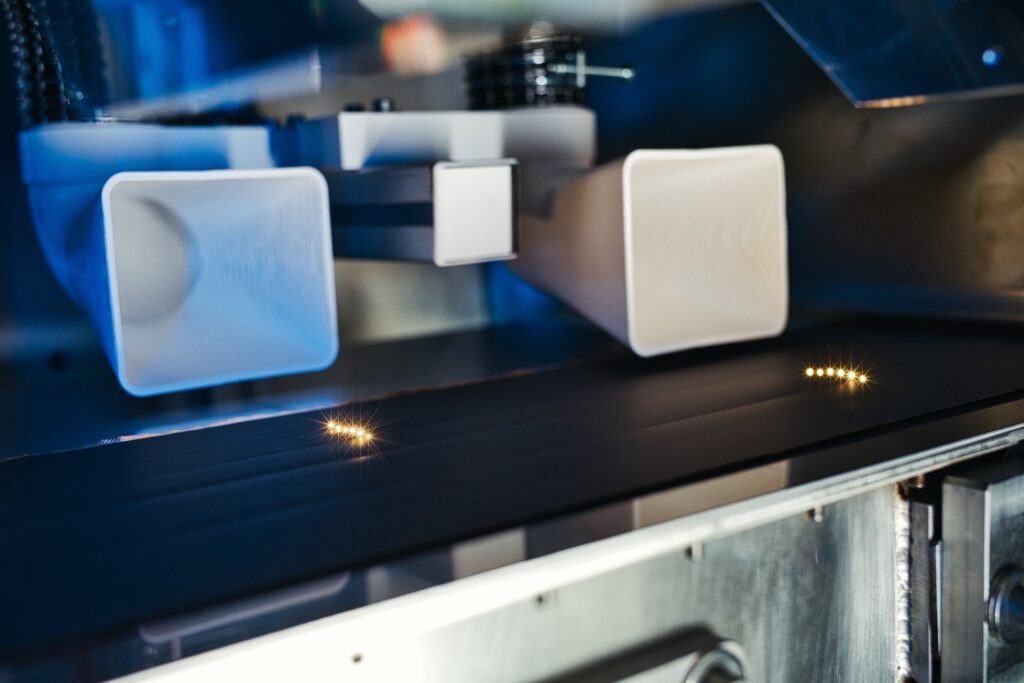
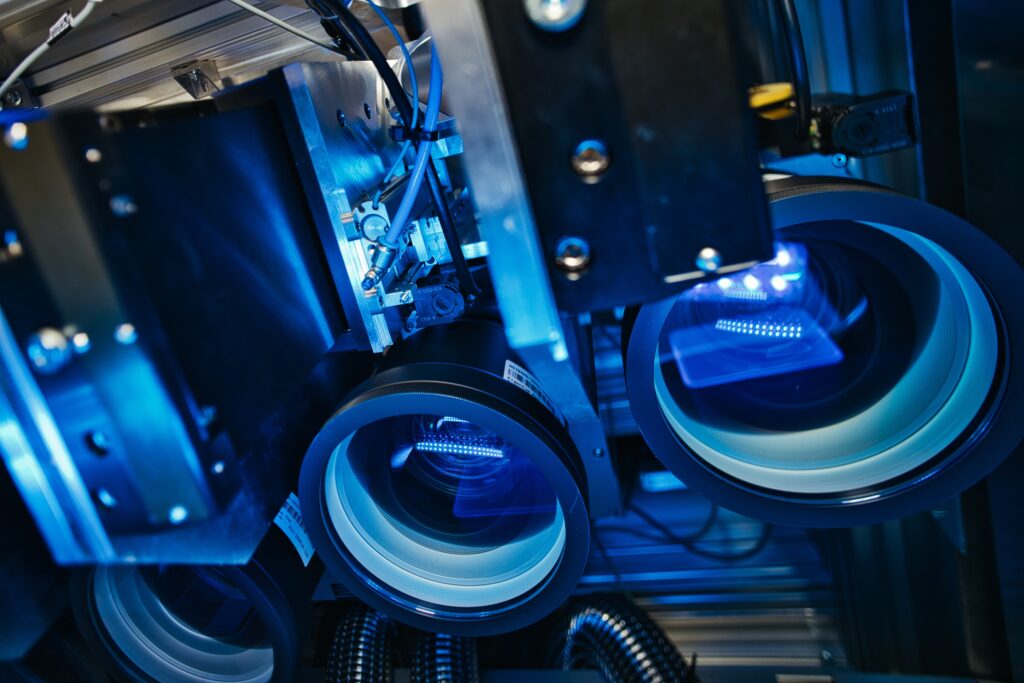
12 of the 24 partial beams in use: The optics developed by Pulsar Photonics structure the 300 mm wide band of the battery anode by means of the individual partial beams. This significantly improves power density and charging capability.
© Keller, Pulsar Photonics GmbH.
Many customer inquiries coincide with the development goals of Fraunhofer ILT in the NextGenBat project: structuring and functionalizing surfaces. Pulsar Photonics has already developed similar special applications with UKP lasers in industrial projects. The Schunk Group, an internationally active technology group from Heuchelheim (near Giessen), acquired a majority stake in the company in 2021. They plan on using the know-how in laser micromachining with UKP lasers to take advantage of synergistic effects, for example, for producing fuel cells and redox flow batteries.
Target for 2023: Ready for series production
Few technologies are truly technologies of the future. Multi-beam processing, on the other hand, holds enormous potential for optimizing production steps in terms of flexibility, digitalization and cost efficiency. The fields of application lie in the entire area of laser microstructuring, parallel processing of multiple components or the general parallelization of laser processes. “The optics module of the roll-to-roll system serves as a kind of optics construction kit.” Next up for the company is thus further advancing combined multi-beam processing for a production-ready application in industry. “We are still looking for partners and applications to adapt the concept and validate it in continuous production operation. We imagine that a large number of processes can be economically scaled with this in the future,” says Gretzki.
The NextGenBat project was funded by the state of NRW using resources from the European Regional Development Fund (ANBest-EFRE).
Pulsar Photonics GmbH
Pulsar Photonics is an innovative high-tech company in the field of laser technology. The range of services includes development, production and sales of laser machines for material processing by short and ultra-short pulse lasers. Another core competence is the integration of tool and measuring systems, adapted to individual customer requirements.
In addition to system development, Pulsar Photonics is a competent partner for single part and series production with (ultra) short pulse lasers. Core processes are structuring, drilling and precision cutting. Pulsar Photonics GmbH, founded in 2013, is one of the fastest growing companies in Europe according to the Financial Times and Statista. Pulsar Photonics has been part of the Schunk Group since 2021.
More information www.pulsar-photonics.de/en/ and www.schunk-group.com.
Pictures Press Release (Download)
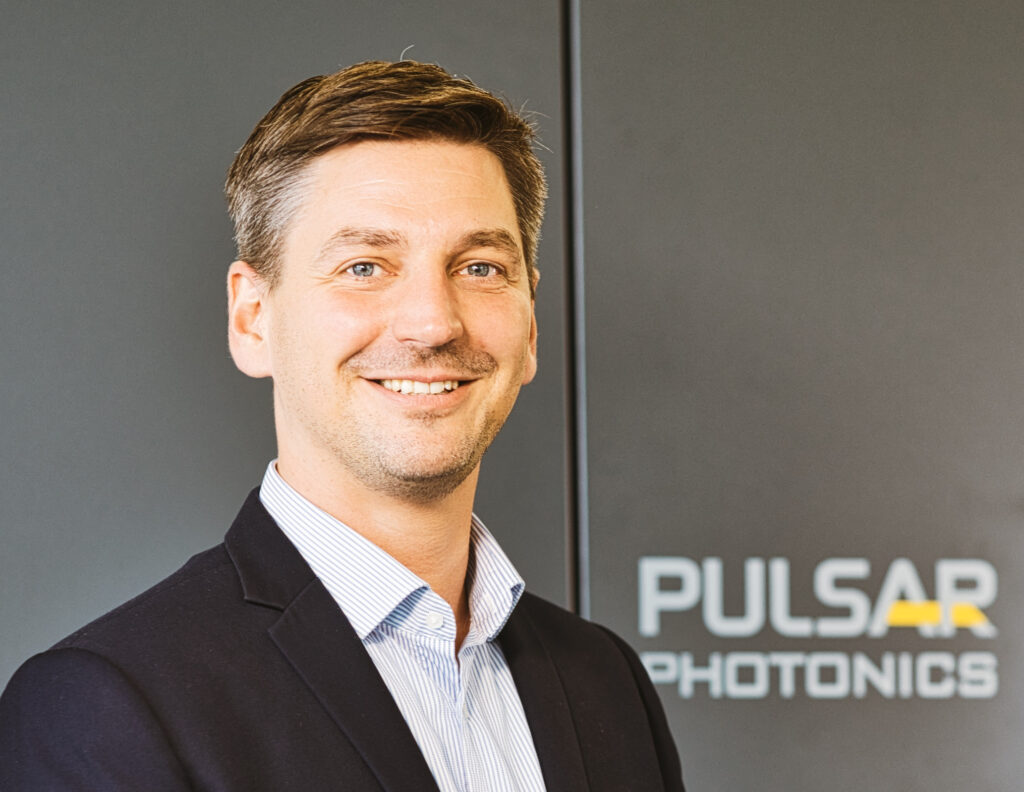
Technical Contact
Dipl.-Phys. Patrick Gretzki
Department Manager for System Components & Optical Systems
Phone: +49 (0) 2405-49504-35
E-Mail: gretzki@pulsar-photonics.de
Pulsar Photonics GmbH
Gut Knapp Straße 6
52080 Aachen
Website: www.pulsar-photonics.de/en/
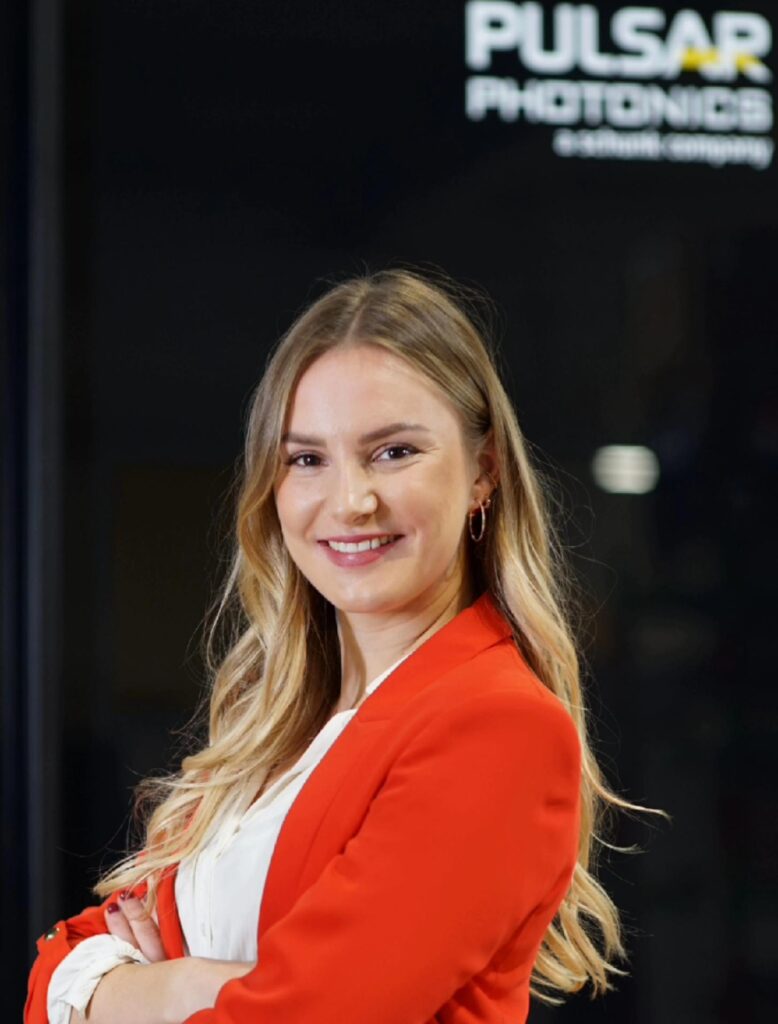
Press Contact
Sonja Wichert
Phone: +49 (0) 2405 49 504 – 36
E-Mail: info@pulsar-photonics.de
Pulsar Photonics GmbH
Alte Würselener Str. 13
52080 Aachen
Website: www.pulsar-photonics.de/en/